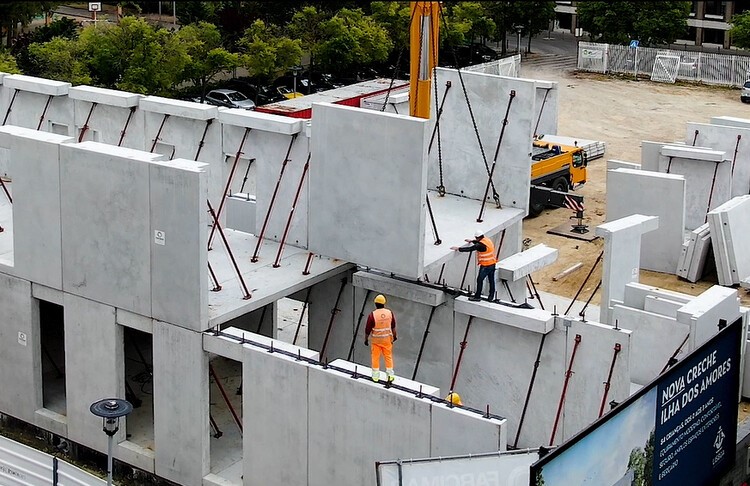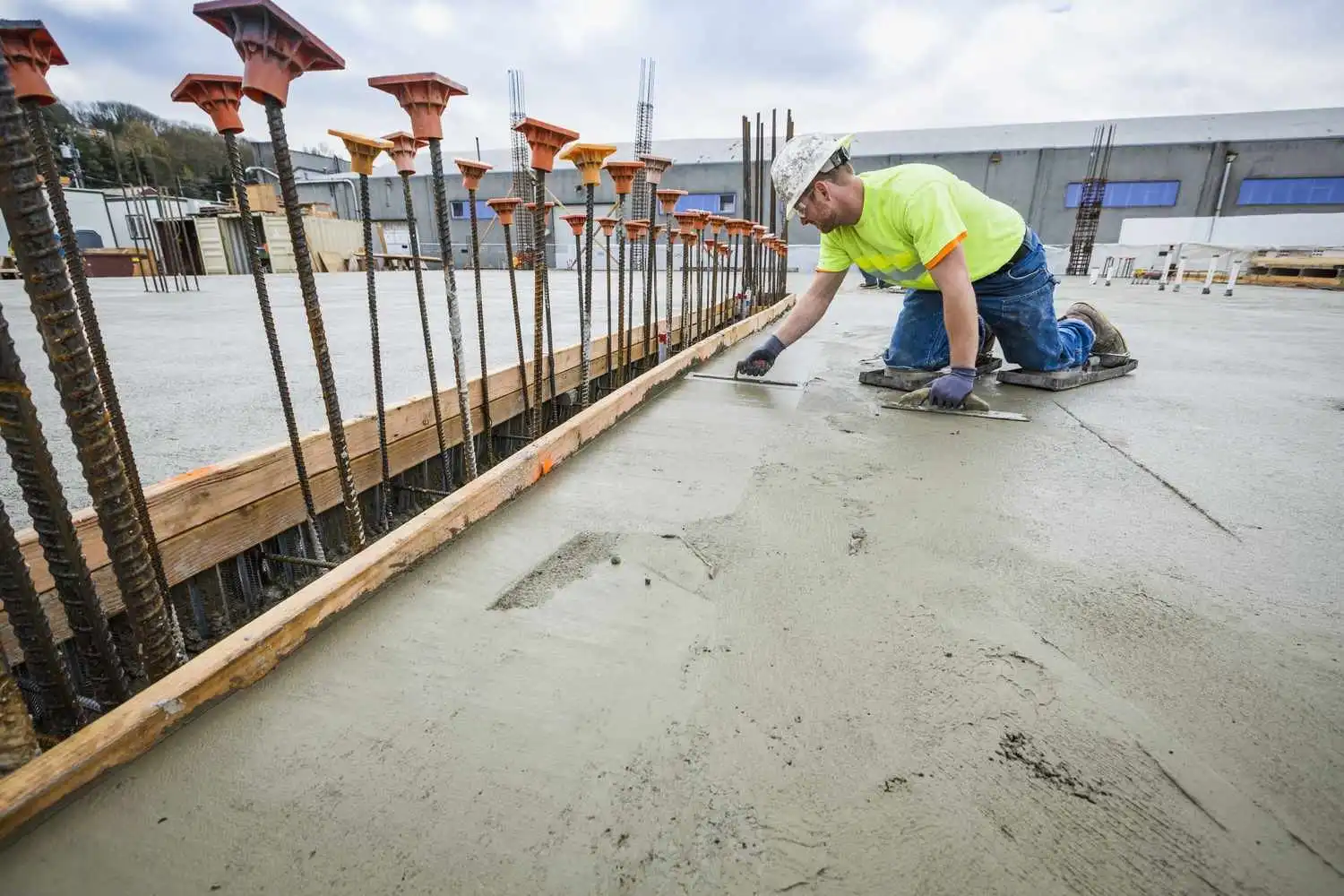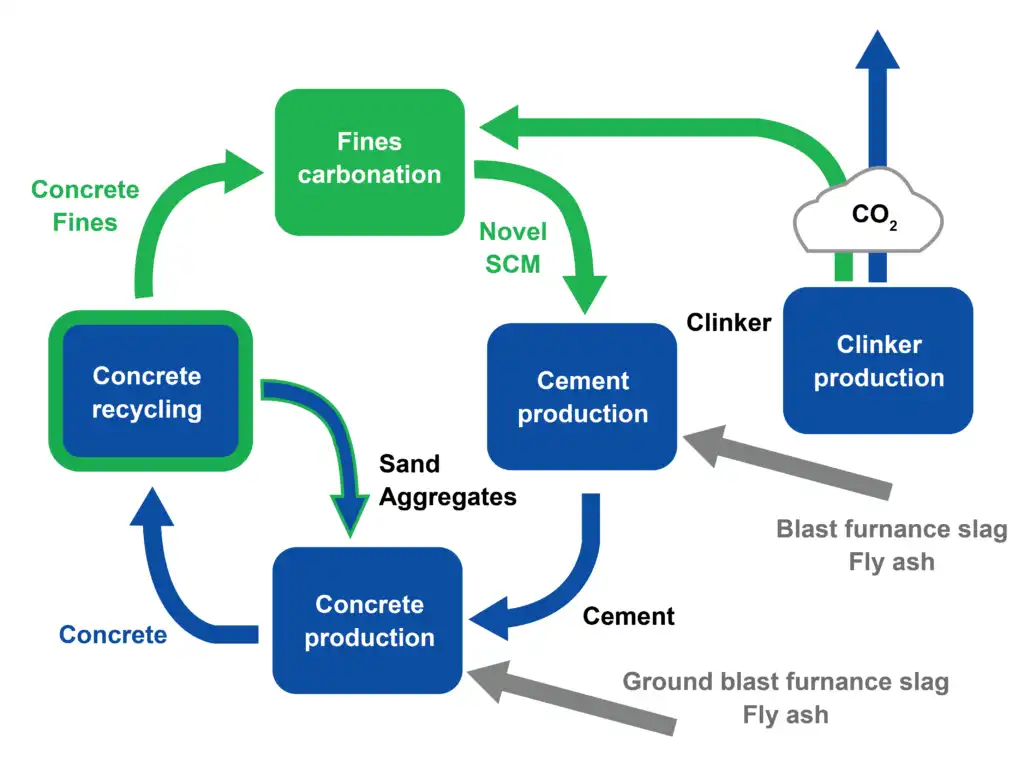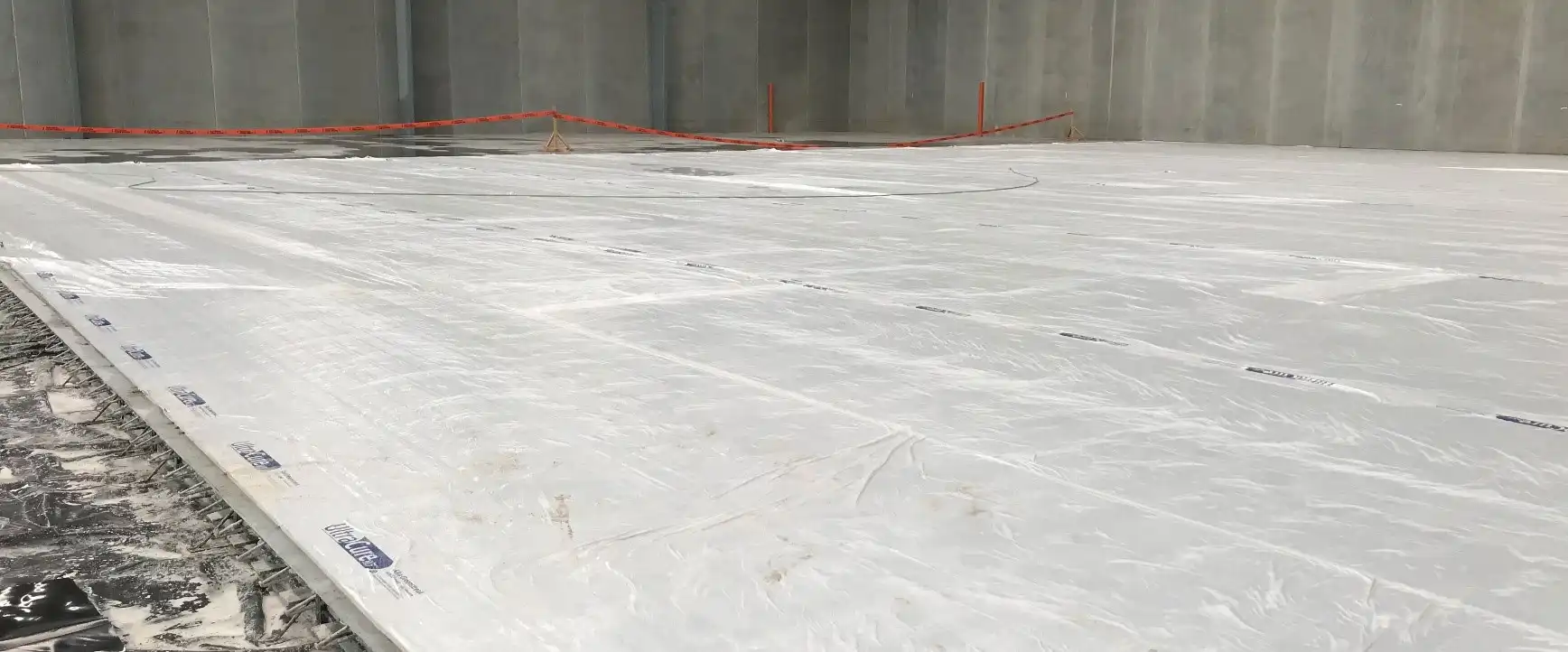
Impact of Curing on Precast Concrete Performance
Precast concrete is a widely used construction material, offering both flexibility and durability. However, its performance heavily depends on the curing process. Curing plays a

Precast concrete is a widely used construction material, offering both flexibility and durability. However, its performance heavily depends on the curing process. Curing plays a

Concrete, one of the most widely used materials in construction, is known for its strength and durability. However, the final quality of concrete depends significantly

Concrete curing is a critical process in the construction of mega-structures, where improper curing can lead to structural failures or costly maintenance. Across the globe,

Recent studies indicate CO₂ curing’s potential to revolutionize concrete production by merging strength gains, durability improvements, and carbon capture sequestration (CCS). Achieving Low-pressure (5–10 psi),

Maturity, or the temperature-time history of concrete, is a relatively common approach to estimate the compressive strength of concrete as a function of temperature and

The curing process of concrete is a fundamental stage that directly influences the material’s strength, durability, and long-term performance. In the construction industry, ready-mix and

How do we cure concrete, and how do we know it’s working? (methods & measurement) Once concrete is poured, the curing process begins! There are

Concrete testing is a quality control process in construction, involving various tests to assess the properties of concrete, ensuring its strength, durability, and suitability for

This paper explores the use of Internet of Things (IoT) technology for monitoring concrete strength during the curing process. By employing a thermocouple temperature sensor,

This paper investigates very early‑age hydration monitoring of self‑compacting concrete (SCC) containing fly ash replacement ratios (0%, 15%, 30%, 45%, 60%) using embedded piezoelectric (PZT)

This research develops an IoT‑enabled system by embedding temperature sensors within concrete for real‑time tracking of internal temperature‑time history, then using established maturity models (based

This paper presents a novel method for monitoring the strength development of early‑age concrete using embedded smart aggregates (SAs) that leverage electromechanical impedance (EMI) sensing

Curing is often underestimated, yet it’s one of the most critical factors influencing the strength, durability, and long-term performance of concrete. Improper curing can lead

Precast concrete has been a game changer in the construction industry due to its versatility, speed, and cost-effectiveness. It allows for the creation of complex
Sign up for more information

This paper explores the use of Internet of Things (IoT) technology for monitoring concrete strength during the curing process. By employing a thermocouple temperature sensor,

This paper investigates very early‑age hydration monitoring of self‑compacting concrete (SCC) containing fly ash replacement ratios (0%, 15%, 30%, 45%, 60%) using embedded piezoelectric (PZT)

This research develops an IoT‑enabled system by embedding temperature sensors within concrete for real‑time tracking of internal temperature‑time history, then using established maturity models (based

This paper presents a novel method for monitoring the strength development of early‑age concrete using embedded smart aggregates (SAs) that leverage electromechanical impedance (EMI) sensing

Curing is often underestimated, yet it’s one of the most critical factors influencing the strength, durability, and long-term performance of concrete. Improper curing can lead

Precast concrete has been a game changer in the construction industry due to its versatility, speed, and cost-effectiveness. It allows for the creation of complex